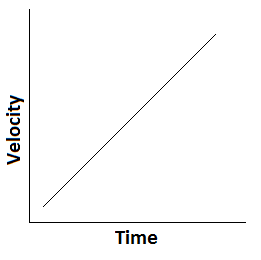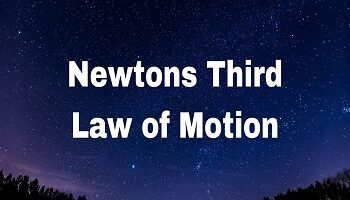What is Acceleration?
When a train leaves the station, its velocity goes on increasing but when it enters another railway station, its velocity gradually decreases.
When you are riding a bicycle, you must have observed that the velocity with which the bicycle moves goes on increasing while descending or decreasing while ascending a slope.
If a apple falls from a tree, it starts with zero velocity which goes on increasing until the apple reaches the ground.
Such like examples clearly indicate that the velocity of a moving body does not remain the same but it goes on changing. The rate of change of velocity per unit time is called acceleration. Acceleration may be positive or negative. A body is said to have positive acceleration or simply acceleration when its velocity goes on increasing in its magnitude. On the other hand, a body is said to have negative acceleration or retardation when its velocity goes on decreasing in its magnitude. Acceleration is uniform when the velocity of a body changes by equal amounts in equal intervals of time and it is variable when the velocity of a body changes by unequal amounts in equal intervals of time. In C.G.S system, the unit of acceleration is cm / sec2; in F.P.S. system, it is ft / sec2; while in M.K.S. system, it is m / sec2. Like velocity, acceleration is also a vector quantity.
For uniformly accelerated motion of a body, the graph between velocity and time gives a straight line.

- Latitude and Longitude
- Solar System
- Atmosphere and its Structure
- Structure of the Earth
- Volcanoes and Rocks
- Humidity: Absolute, Specific & Relative Humidity
- Important Warm and Cold Winds
- Cloud Formation And Types of Clouds
- Ecosystem
- Ecological Pyramids and its Types
- Ecological Succession or Biotic Succession
- Important Biogeochemical Cycles
- Climates of the World
- Geography Of India By Nitin Sangwan









Comments (No)